- Written By Team DWS
- Festivals
- January 13, 2024
Celebrating Pongal: The Harvest Festival of South India
Pongal, also referred to as Thai Pongal, is one of the most significant and widely celebrated festivals in South India. This vibrant and joyous festival is observed to honor the Sun god and express gratitude for a bountiful harvest season. Pongal festivities usually span four days and are marked by various rituals and vibrant cultural activities.
The origins of Pongal can be traced back to the ancient Tamil culture, where agriculture held great importance. This festival is traditionally celebrated to thank the Sun god, Lord Indra (the god of rain), and the farm animals for their vital contributions to agriculture. Pongal, therefore, stands as a celebration of abundance, fertility, and prosperity.
The festival commences with Bhogi Pongal, held on the first day, which involves cleaning and disposing of old possessions to make way for new beginnings. People gather and set a bonfire, around which they discard unused items and engage in joyful dances and music.
Exploring the History and Evolution of Pongal Festival
The second day, known as Surya Pongal, is the most significant day of the festival. It is on this day that the actual Pongal dish is prepared – a dish made with freshly harvested rice, lentils, jaggery, and cashew nuts, cooked in a new clay pot. As the mixture boils and overflows, people shout with joy "Pongalo Pongal!" The overflowing symbolizes the abundance that has been bestowed upon them. This delicious dish is then offered to the Sun god as a gesture of gratitude, followed by families enjoying the meal together.

Mattu Pongal, the third day of the festival, celebrates the relationship between humans and cattle. The cows and bulls, considered sacred, are beautifully adorned with garlands, bells, and colorful paint. They are paraded through the streets, and their owners express their appreciation by feeding them special treats. This day is also marked by traditional games like Jallikattu, a bull-taming sport, which showcases the valor of the participants.
The final day of Pongal, called Kaanum Pongal or Thiruvalluvar Day, is a festive day for family gatherings and outings. People visit relatives and friends, exchange gifts, and partake in outdoor activities. Families also make it a point to visit nearby rivers or parks to enjoy the serene beauty of nature.
Pongal is more than just a religious festival; it is an occasion that unites the community, strengthens family bonds, and fosters a deep appreciation for nature and its abundance. The festival's warmth and joy can be felt in every household, where both young and old participate in the traditions with great enthusiasm and zest.
For those living outside of South India, Pongal is an excellent opportunity to experience the rich cultural heritage of the region. Many cities organize Pongal fairs and exhibitions, where one can witness traditional dances, music, art, and taste authentic cuisine. These events provide a glimpse into the vibrant and colorful tapestry that makes Pongal such a beloved festival.
In conclusion, Pongal is a time-honored festival that celebrates the agricultural heritage of South India. With its rich traditions, delicious food, and vibrant cultural activities, Pongal is an experience that leaves a lasting impression on everyone who embraces it. Let us join hands in celebrating the spirit of Pongal and cherish the abundant joys of life. Pongalo Pongal!
Pongal Festival FAQs
1. What is Pongal Festival?
Pongal is a popular and traditional harvest festival celebrated in the southern Indian state of Tamil Nadu. It marks the bountiful harvest season and is dedicated to the Sun God.
2. When is Pongal Festival celebrated?
Pongal Festival is celebrated from 14th to 17th of January every year. The main day of celebration is on the 15th of January, known as Thai Pongal.
3. How is Pongal Festival celebrated?
Pongal Festival is celebrated with great enthusiasm. People clean their homes, decorate them with colorful kolams (rangoli), and prepare a special dish called Pongal. They offer this dish as a sign of gratitude to the Sun God. There are also traditional dance and music performances, bull-taming events, and other cultural activities.
4. What is the significance of Pongal Festival?
Pongal Festival is significant as it marks the beginning of the harvest season, thus expressing gratitude towards nature's bounty. It is also celebrated to bring prosperity and good luck to the household.
5. What is Pongal dish?
Pongal is a delicious dish made from newly harvested rice, lentils, jaggery, and ghee. It is traditionally cooked in clay pots outdoors, symbolizing the abundance of the harvest. The dish is offered to the Sun God before being served to the family members.
6. Is Pongal a religious festival?
Pongal Festival has religious importance as it is dedicated to the Sun God. However, it is celebrated by people of all religious backgrounds, fostering a sense of unity and cultural harmony.
7. Are there any customs or rituals associated with Pongal Festival?
Yes, there are various customs and rituals associated with Pongal Festival. These include boiling milk until it overflows (symbolizing prosperity), worshiping the Sun God, decorating the house and cattle, and exchanging gifts and sweets with relatives and friends.
8. Is Pongal Festival celebrated only in Tamil Nadu?
Although Pongal Festival originated in Tamil Nadu, it is also celebrated in other southern Indian states such as Andhra Pradesh, Karnataka, and Telangana. The festival holds regional variations in terms of traditions and customs.
9. Are there any specific clothing or attire worn during Pongal Festival?
Traditional attire like sarees for women and dhotis or veshtis for men are commonly worn during Pongal Festival. People may also choose to wear festive, colorful clothes and jewellery during the celebration.
10. Can tourists join in the Pongal Festival celebrations?
Yes, tourists are welcome to join in the Pongal Festival celebrations and experience the vibrant culture and traditions of Tamil Nadu. It is a great opportunity to witness the local customs, taste authentic cuisine, and enjoy cultural performances.
Popular on Blogs
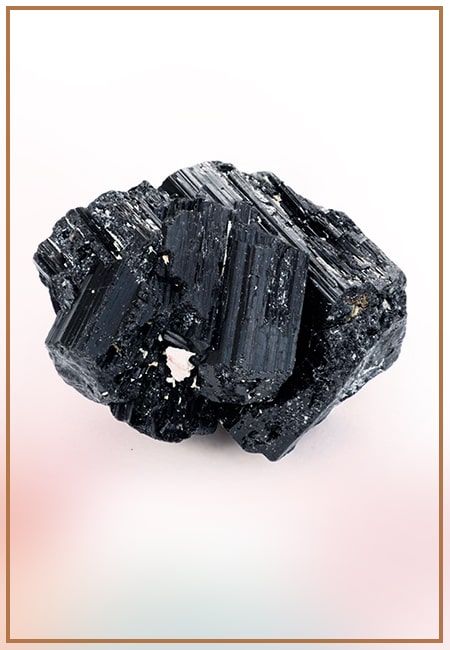
Black Tourmaline: Meaning, Healing Properties, Fascinating Facts, Powerful Attributes, Versatile Uses, and Beyond
September 05, 2023 / BY Team DWS
Black Tourmaline, also known as Schorl, is a highly revered crystal with incredible metaphysical properties. It derives its name from the Dutch word "turamali," meaning "stone with ..
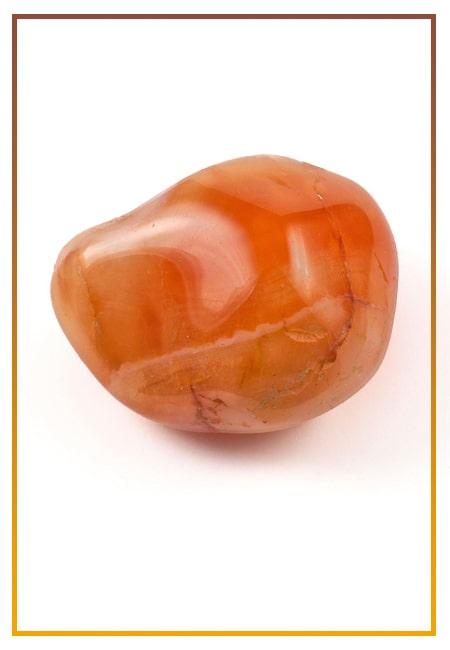
Carnelian Stone: Meaning, Healing Properties, Power, Facts, Color, Uses and More
December 26, 2023 / BY Team DWS
Carnelian is a vibrant and captivating gemstone that holds a plethora of meanings, healing properties, and powers. Its warm and fiery energy makes it a popular choice among crystal ..
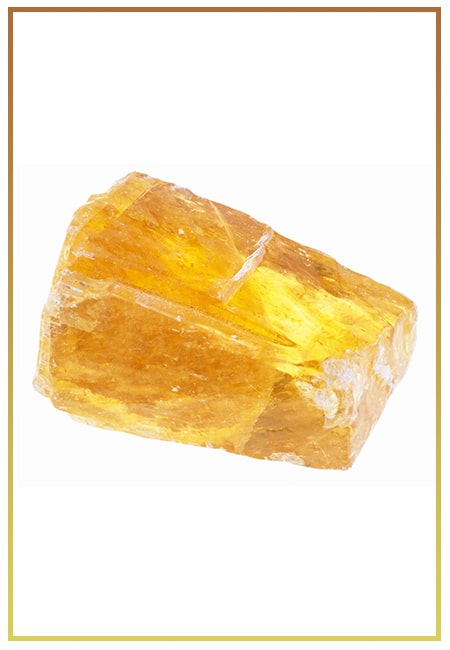
Citrine: Exploring its Meaning, Healing Properties, Fascinating Facts, Powers, Versatile Uses, and Much More
November 18, 2023 / BY Team DWS
Citrine, with its warm golden hues, has captured the attention and imagination of people for centuries. This beautiful gemstone, commonly associated with wealth and prosperity, hol ..

Black Onyx: Unveiling the Meaning, Healing Properties, Fascinating Facts, Powerful Attributes, Versatile Uses, and Beyond
July 25, 2023 / BY Team DWS
Black Onyx, a striking gemstone admired for its deep black hue and elegant appearance, has captivated people for centuries. In this comprehensive guide, we will delve into the mean ..
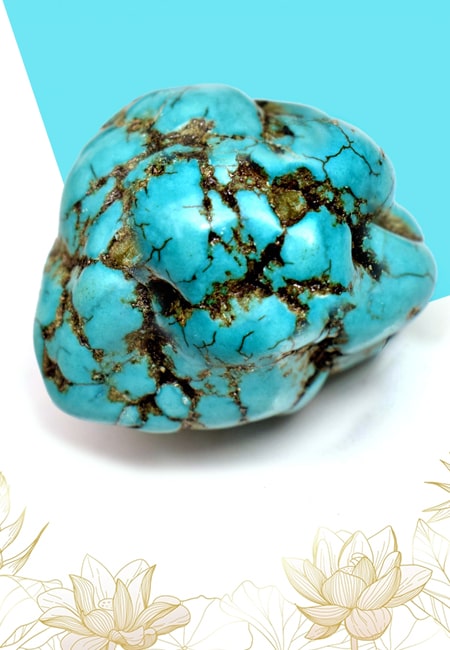
Unveiling the Mysteries of Turquoise Stone: Exploring its Meaning, Healing Properties, Power, Facts, Color, Uses, and More
December 05, 2023 / BY Team DWS
Turquoise, with its captivating blue-green hue, has been adorning jewelry and artifacts for centuries. This striking stone has a rich history, rich symbolism, and a plethora of int ..
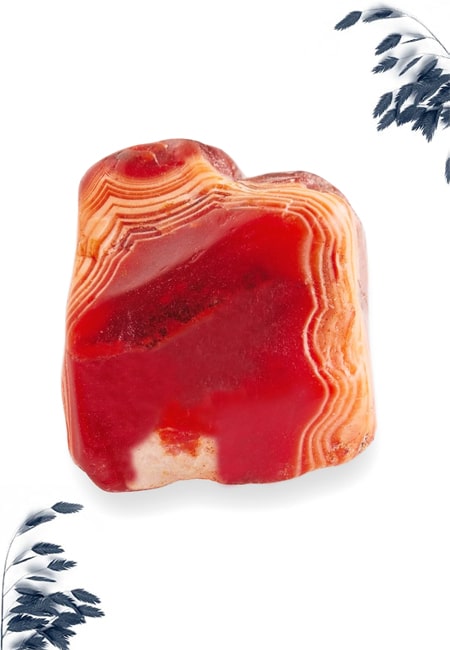
The History Behind The Popularity of Red Agate
December 23, 2022 / BY Team DWS
An Agate is a type of magma rock that takes many years till it is washed out naturally into the water. And that is the reason this stone has elements of water. This beautiful stone ..

Plan a Perfect Valentine's Week with Our Valentine Week List 2025
January 22, 2024 / BY Team DWS
Valentine's Day is undoubtedly the most romantic day of the year, but we believe that one day is just not enough to express your love and make your partner feel special. That's why ..
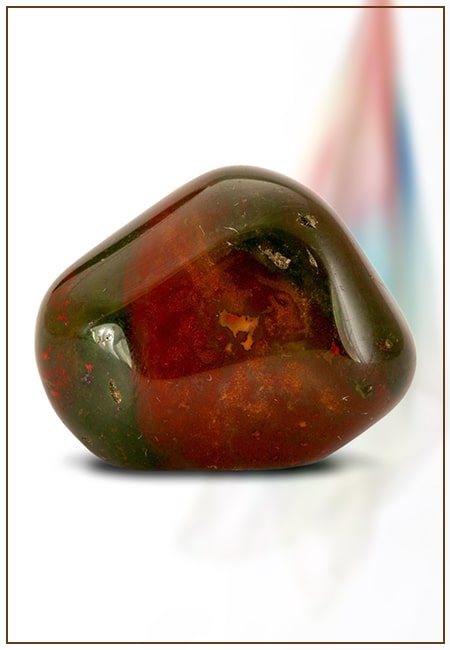
Bloodstone: Unveiling the Meaning, Healing Properties, Facts, Powers, Uses, and More
August 21, 2023 / BY Team DWS
Bloodstone, with its captivating deep green color with specks of red, is a mesmerizing gemstone that has fascinated civilizations for centuries. It possesses unique healing propert ..


